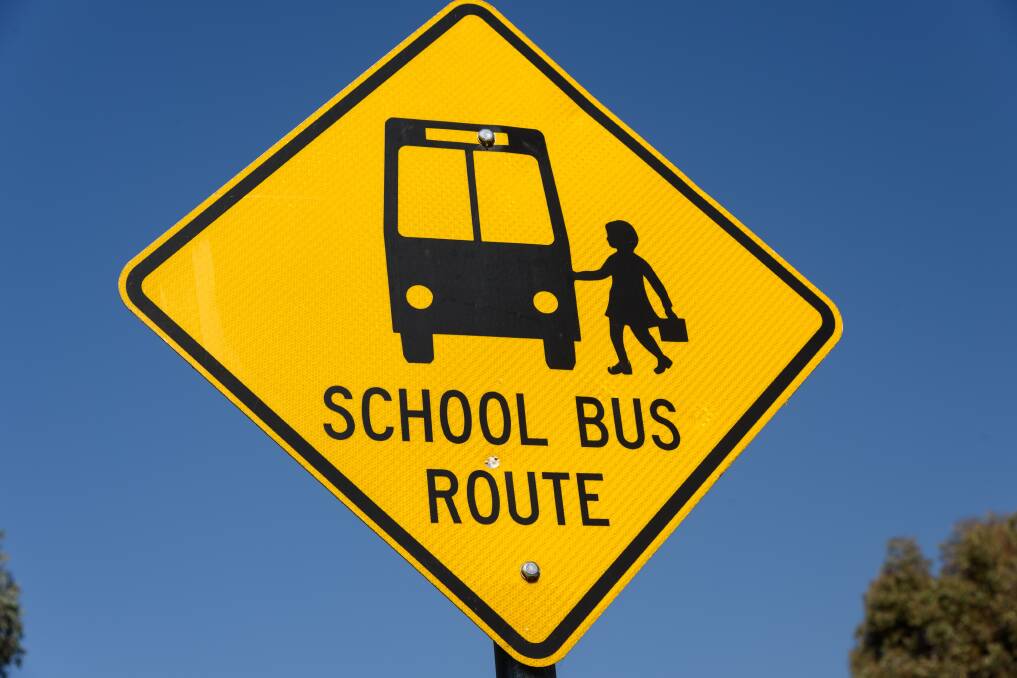
Getting around in regional Victoria is not easy if you don't have a car.
Subscribe now for unlimited access.
or signup to continue reading
Some parts of regional Victoria have public transport like buses and trains, but other areas have nothing.
Even in towns with public transport, routes or timetables don't work for everyone.
Compare regional Victoria with the middle ring of suburbs in Melbourne.
There, more than 93 per cent of people live within walking distance to public transport.
In regional Victoria, less than 30 per cent of people can walk to the nearest bus stop or train station.
Transport disadvantage hits young people hard.
They are highly dependent on public transport compared with other members of the community.
Young people below 18 can't drive by themselves.
And not all young people get their licence straight away or have access to a car they can use.
Billy* is 14 years old and his experience is common among young people in rural Victoria: "Without mum to drive me around I can't do anything but stay at home on the farm."
Annie* is in year 11 and lives in northern Victoria: "Because of a lack of public transport, I've missed out on all social and extracurricular activities. Unless I get driven, I cannot even get to the school bus and home again, so I miss out on everything, netball social events, absolutely everything."
Improving public transport in rural and regional Victoria would be life-changing for young people. It would give them the same chances that young people in Melbourne take for granted.
At Youth Affairs Council Victoria, (YACVic) we've heard from 200 young people and workers in the youth sector across Victoria about how extra public transport would benefit their lives and help overcome some of the disadvantage they experience in rural areas.
More than a third of young people told us they would be able to start a part-time job or work more shifts.
Youth unemployment is staggeringly high after COVID-19, so helping people get to work must be part of the solution.
If public transport was improved, half of the young people who spoke with us would spend more time with their friends, a third would spend more time in their communities, a quarter would play more sport and one in five would be able to volunteer in their community.
After 18 months of isolation because of COVID-19, young people deserve the chance to connect with their friends and the broader community.
The positive impact of connecting with others has been shown to have long-term mental health benefits, which could help alleviate some of the stress on mental health systems.
Susie* has just finished high school in eastern Victoria. She said: "Improving public transport would mean we could see people in our community more often, which would bring each other closer."
Lachy*, 14, lives in western Victoria. He wants improved public transport as he would have less restrictions and more independence. He knows improved services would mean "more people would be able to go shopping which would be good for the local economy".
Regional communities have been advocating to get improved public transport for years, and things are gradually getting better for some areas.
The state government has upgraded V/Line trains on some lines and put funding into some new bus services.
Now, the government is considering ways to improve public transport in regional Victoria using existing school buses.
Using these buses would be a relatively affordable way to improve public transport quickly.
There are two options open: allow more people to catch the school bus when it makes its usual school run, and/or use the existing school buses to create new routes and timetables before and after the school runs.
Allowing the broader community to catch school buses could make a positive difference.
Young people no longer at school could get to their jobs in town or connect them with further education like TAFE, apprenticeships and university.
Ensuring child safety on school buses will remain a top priority for the inquiry, and it's worth remembering that many school students in Melbourne and regional cities catch public transport to and from school without issues.
Opening up existing school buses is one part of the solution, but doesn't help everyone because timetables and routes are limited.
This brings me to the second option: activating "down time". School buses are parked for most of the day.
Those buses could be used to create new routes before school starts, while students are at school and after the school drop-off.
In communities with little or no local public transport, school buses could be used to plug the transport gap so young people and community members can get around. In places where some public transport exists, like an inter-town bus or train, these buses could connect with these existing services.
Activating this down time would create jobs and help our regional towns to thrive.
YACVic wants every young person to have the chance to connect with and contribute to their communities.
Re-thinking the use of school buses as an asset for the whole community will take some clever thinking and has the potential to be a cost-effective benefit for all.
To make a submission to the inquiry, visit www.parliament.vic.gov.au/eic-lc/inquiry/1007 by June 25.
Consider sharing about the transport disadvantage in your area, and what improved public transport would mean for your community.
Sebastian Antoine is policy and research officer for Youth Affairs Council Victoria, the peak body for young people and the youth sector in Victoria.
* Not their real names














